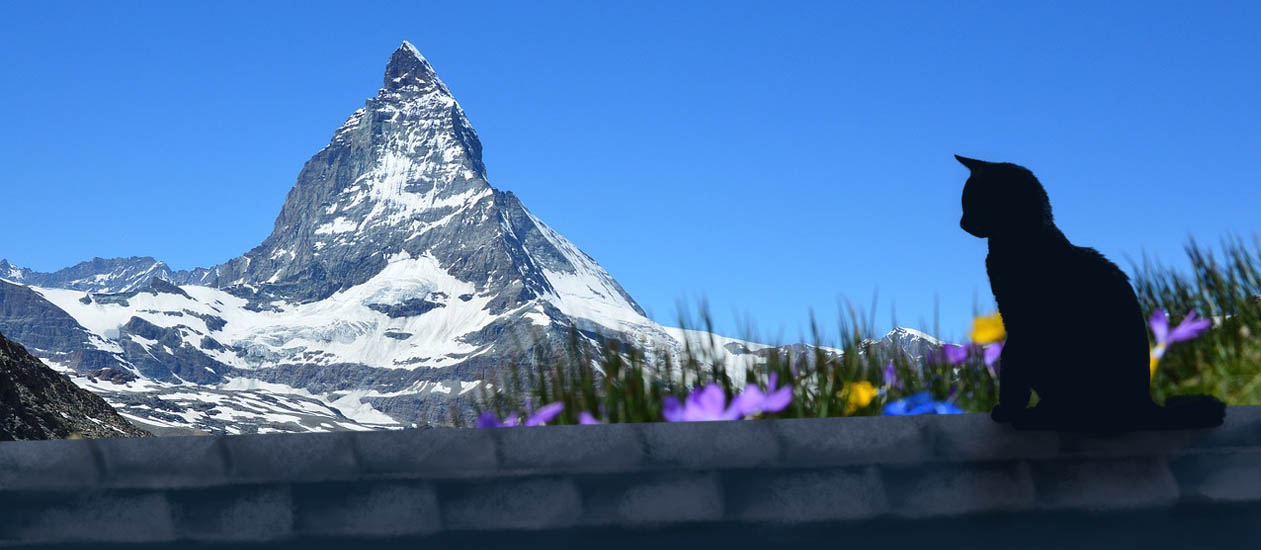Helvetia
Eidgenossenschaft
In a continent dominated by monarchies, Helvetia stands as a unique little country nestled in the high mountains. Helvetia has been said to be in a constant balancing act - French vs Almain, Arbitriumism vs Catholicsm, urban vs rural. This confederacy of thirteen cantons remains carefully neutral as they hold together their precariously balanced union.
History
Long ago, the communities of Uri, Schwyz, and Unterwalden were populated by a large number of free peasants. They were send to the woods of the Alpine valleys to clear and cultivate the land by their lords. Out in their valleys, far from their lords and oversight, these peasants formed relatively egalitarian communities. They worked together to make the harsh environment of avalanches and steep pastures livable for all.
They elected their own leaders and swore oaths to bind their communities together. Because they were needed to keep the roads and passes through the Alps clear to facilitate travel between Swabia and Italy, the Holy Roman emperors privileged the region and bolstered their autonomy.
In 1291, the elites of three central cantons - Uri, Schwyz, and Unterwalden - signed a peace treaty confirming that they would maintain peace and jurisdiction without interference from outside. This marked the beginning of what would become known as the Helvetian Confederation.
Helvetia Today
Helvetia is a unique state. Unlike many other confederations in its early days, it combines both rural and urban communes unto a state that thus has both economic and agricultural strength. The economic strength of their merchants, combined with the power of their elected representatives, means that the lifestyle of the nobility is barely any better than that of wealthier commoners.
Still, they are very small. Helvetia is squeezed between the political juggernauts of France and the Holy Roman Empire, with Italian states almost as intimidating to the south. The cantons speak a variety of languages, making it difficult for the entire country to agree on allies; French-speaking western Helvetians tend to side with France while the Almain speakers to the east have more in common with the Holy Roman Empire.
Along the border with Almany are regions that had revolted during the Great Peasants' War, and remain sympathetic to the Almain cause today. Helvetia is one of the few countries willing to trade and engage diplomatically with the renegade state.
Religiously, more potential feuds appear. Arbitriumism was popularized in the mid 16th century, but Catholicism never gave up its hold. Helvetia is now one of the few states where both religions coexist in relative peace, although this stability came after years of fighting in the Diet that almost became open war. Helvetia also tolerates small communities of Protestants, especially in the north where it borders Almany.

Type
Political, Confederation
Demonym
Helvetian
Power Structure
Confederation
Currency
Each canton has their own currency.
Legislative Body
The Helvetian Diet is composed of two representatives from each canton. They meet three times a year to legislate issues affecting the entire confederations. Each canton has its own Diet that does the majority of governing.


